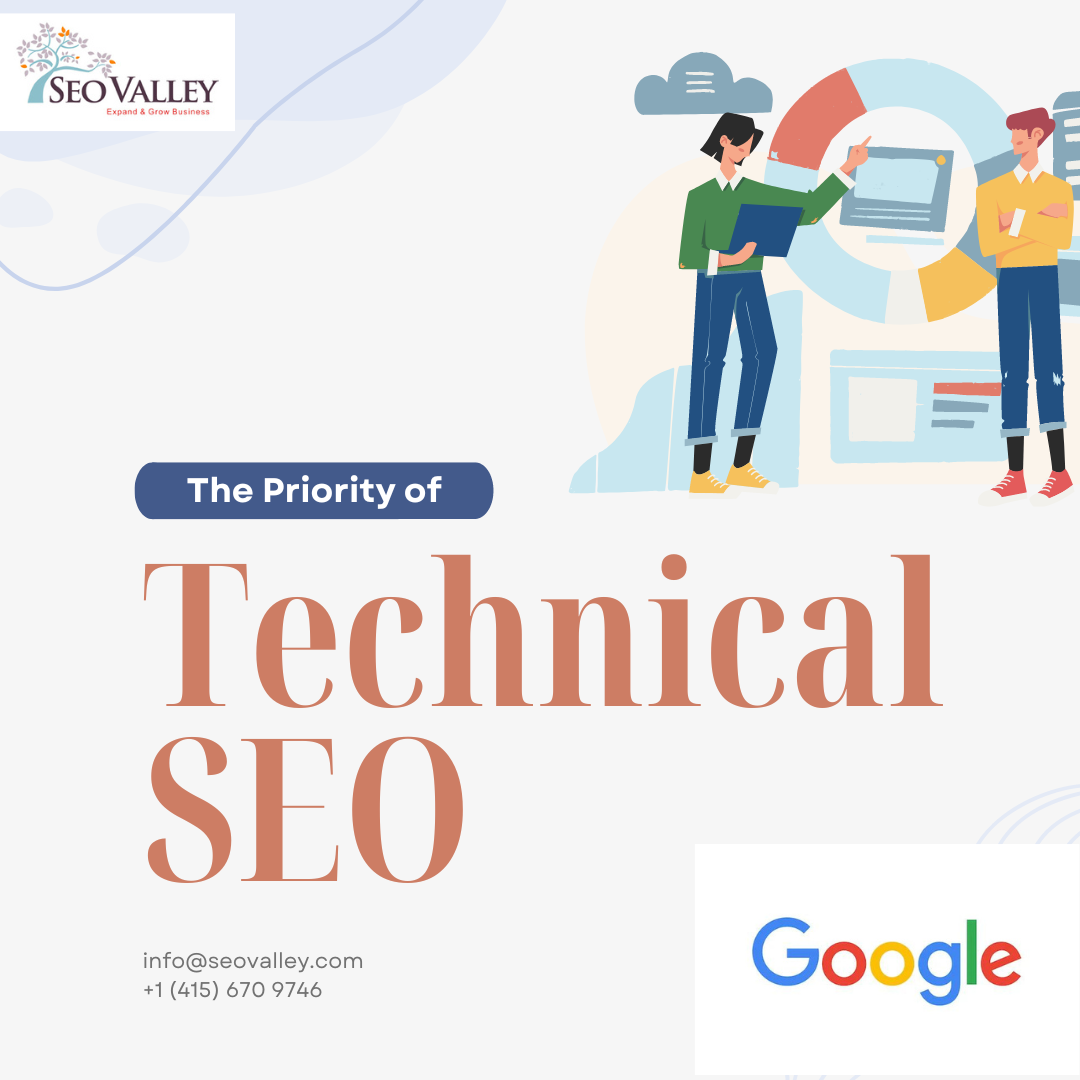User experience has always been high on Google’s priority—and it’s poised to become even more important. The search giant will soon introduce a new Page Experience Ranking Update that essentially combines Core Web Vitals with existing page experience signals to get a complete picture of the quality of a user’s experience on a page.

This update won’t happen until next year, but it’s a good idea to learn about it as early as now to make sure that your website is ready.
The gist
Google has shared their roadmap for this update and has launched support tools in advance with the aim of helping web developers, creators, and businesses deliver better user experiences. Here’s everything you need to know:
- Page experience will soon be added to the hundreds of other signals that Google considers when ranking websites on the SERPs.
- The goal of the update is to ensure that users can access the information they need more easily, ultimately supporting website owners in providing high-quality page experiences that people enjoy.
- Google will start incorporating page experience metrics into their Top Stories ranking criteria for mobile Search. Alongside the rollout of the ranking update, Google will also revise the Top Stories eligibility criteria. AMP will no longer be required for stories to be featured. Top Stories on mobile will essentially become open to any page.
Will user experience become more important than content?
No. While page experience is important, Google says it will continue to prioritize pages with that have the best information, even if some of their page experience factors are subpar.
So if you’ve spent years building up good and relevant content, don’t worry. It still trumps page experience. However, if there are multiple pages with similar content, Google will prioritize the page that provides a better experience in the search rankings.
What can you do now?
- No immediate action is required. These updates won’t happen this year, and Google will announce the roll out date at least six months in advance to give everyone time to prepare. That said, they have started providing tools for those who want to get started early.
- You can continue to use Core Web Vitals to measure how your site is doing in terms of user experience. Core Web Vitals quantifies key dimensions of web usability that affect user experience, including interactivity, load time, and content loading stability. These signals will be combined with safe-browsing, mobile-friendliness, intrusive interstitial guidelines, and HTTPS-security to generate a more comprehensive picture of the quality of page experience a website provides. Expect more page experience signals to be added yearly.
- Google is updating Lighthouse, PageSpeed Insights, and other popular developer tools to show information and recommendations from Core Web Vitals. Take advantage of the new data that’s available.
- You can also continue to use Google Search Console to generate dedicated reports that can help you identify areas for improvement.
- Google is working with external tool developers to incorporate Core Web Vitals into their products. Keep tabs on these developments if you require more support. You can get a lot of information on their webmaster forums.
That’s it so far because Google has yet to release specific guidelines. We’ll try our best to fill you in on new developments as they arrive.
You can also count on our team here at SEOValley to provide comprehensive and forward-thinking search engine optimization services. Contact us today to make your website future-proof and 100% ready for any Google shakeup.





